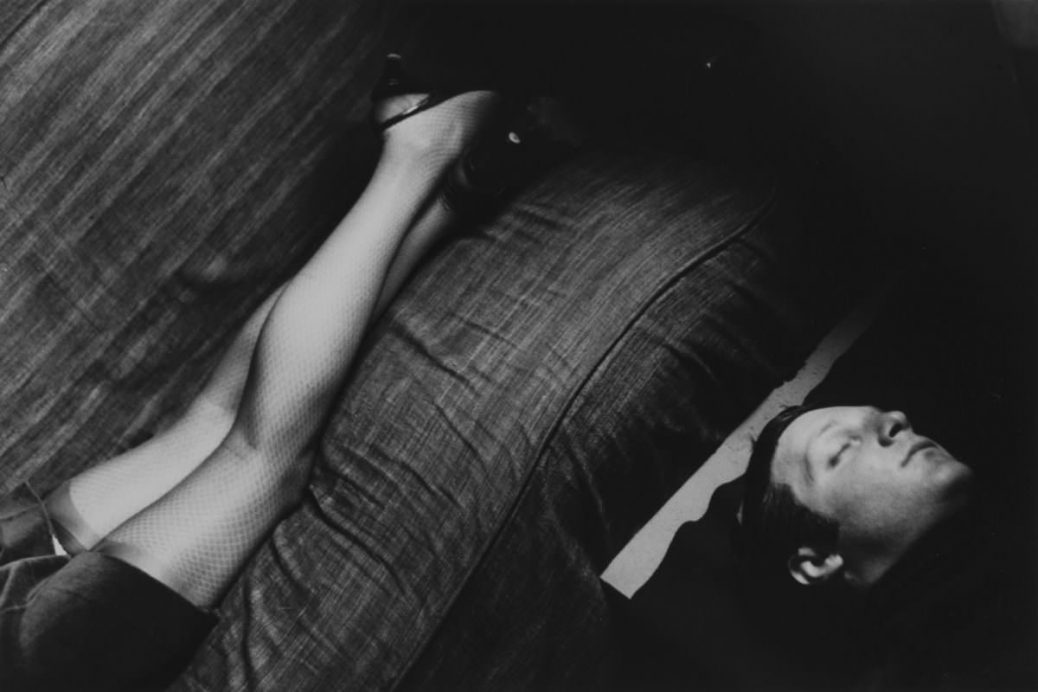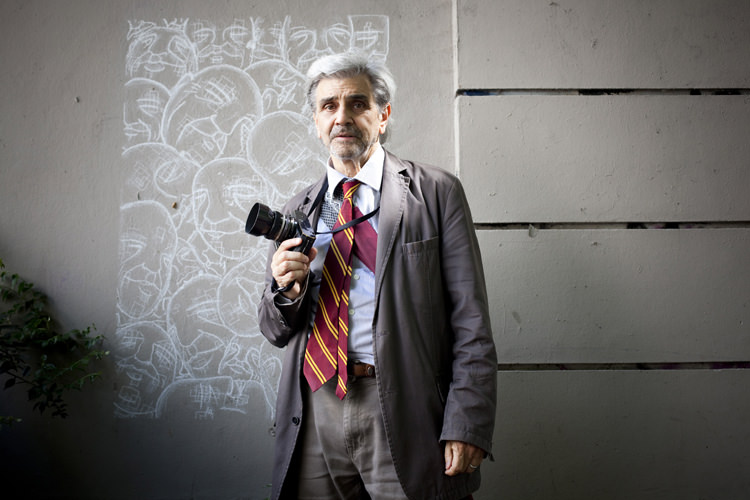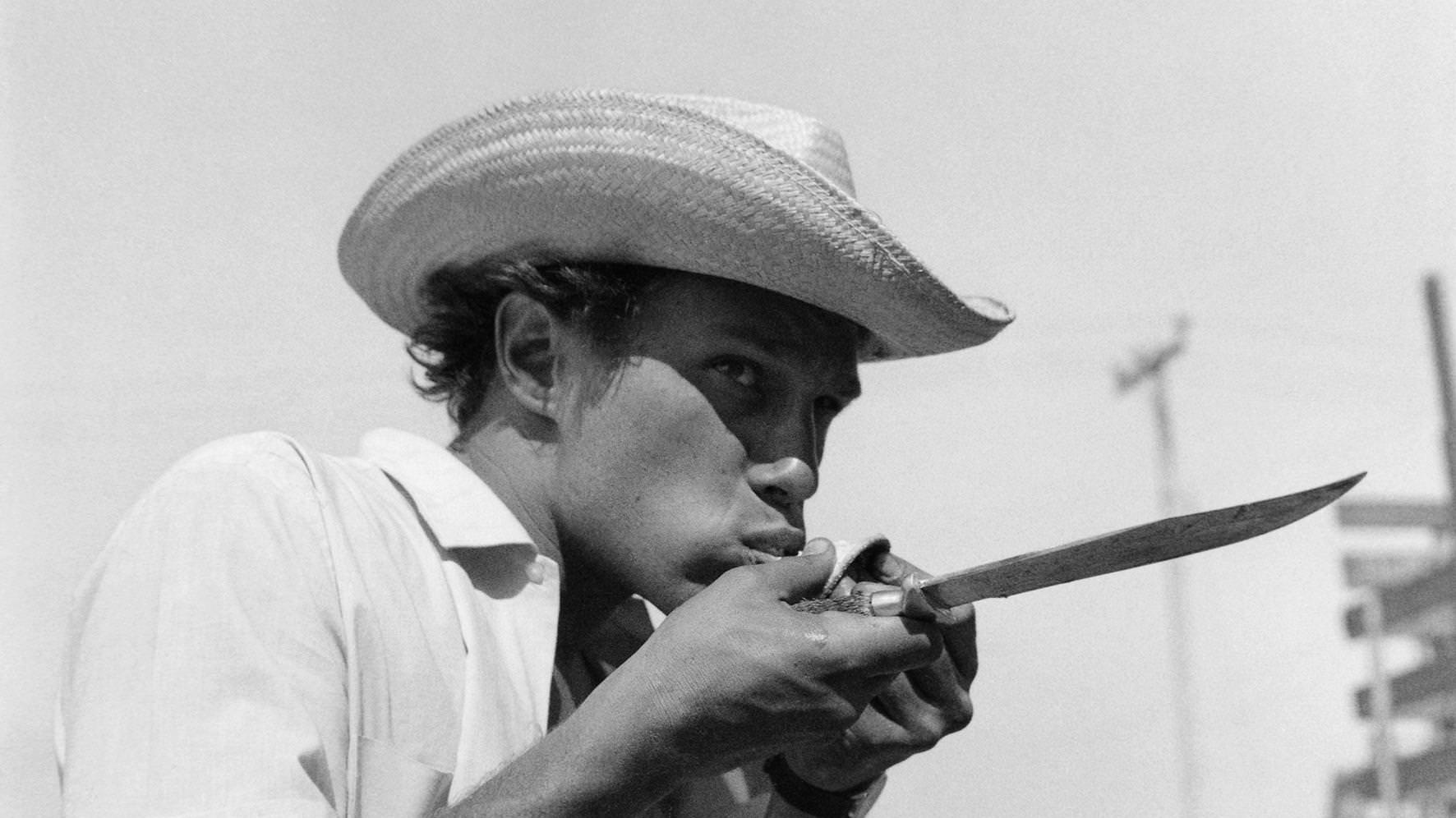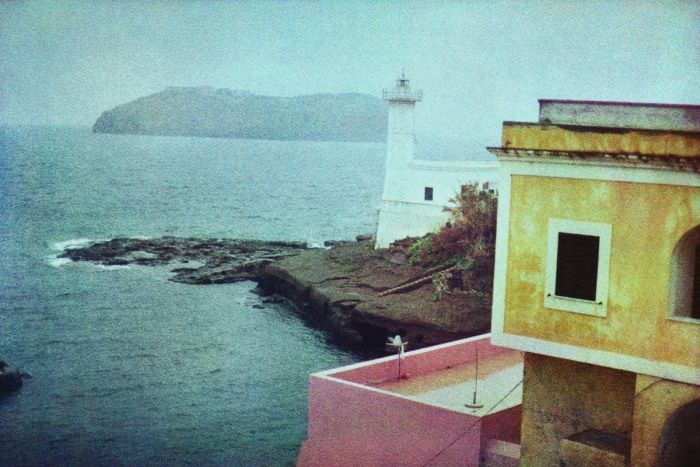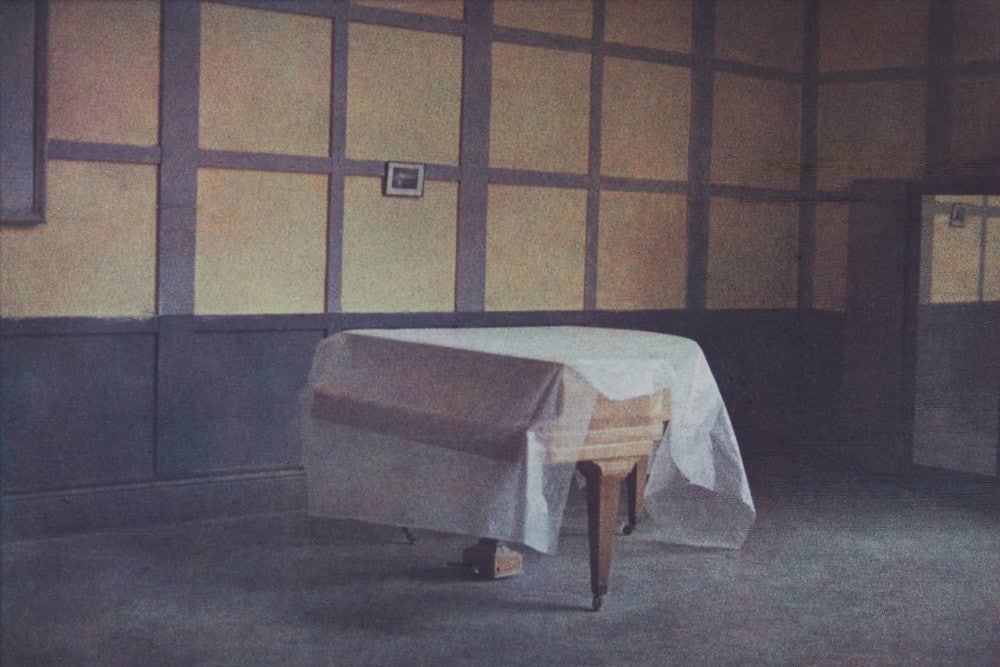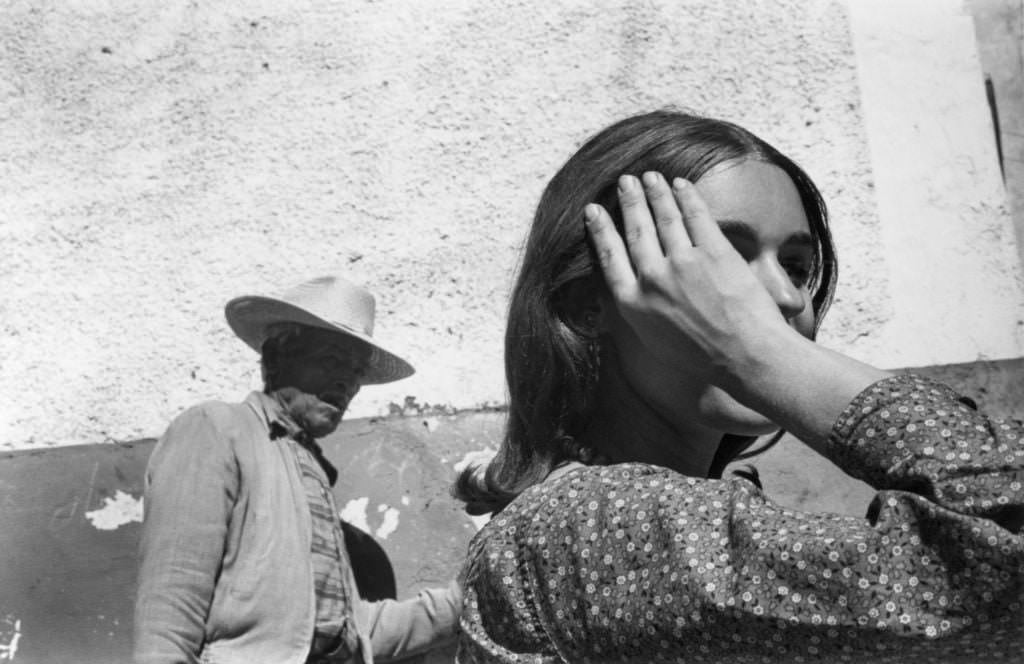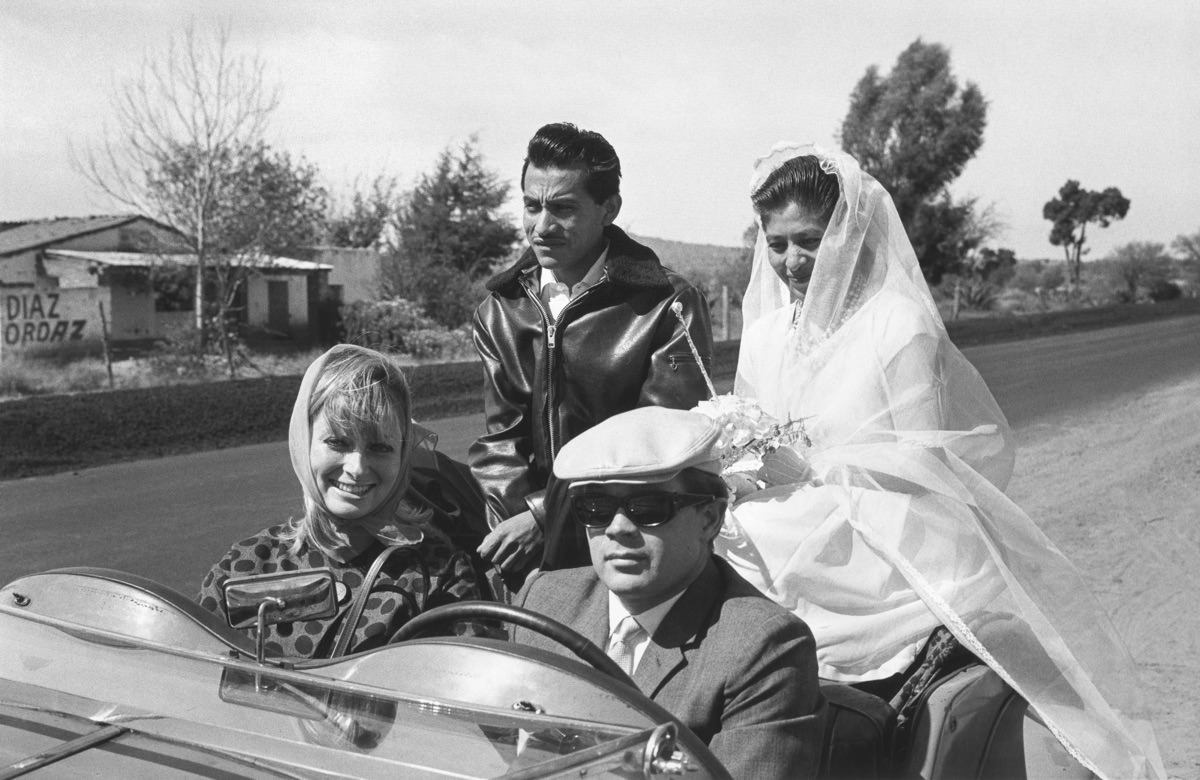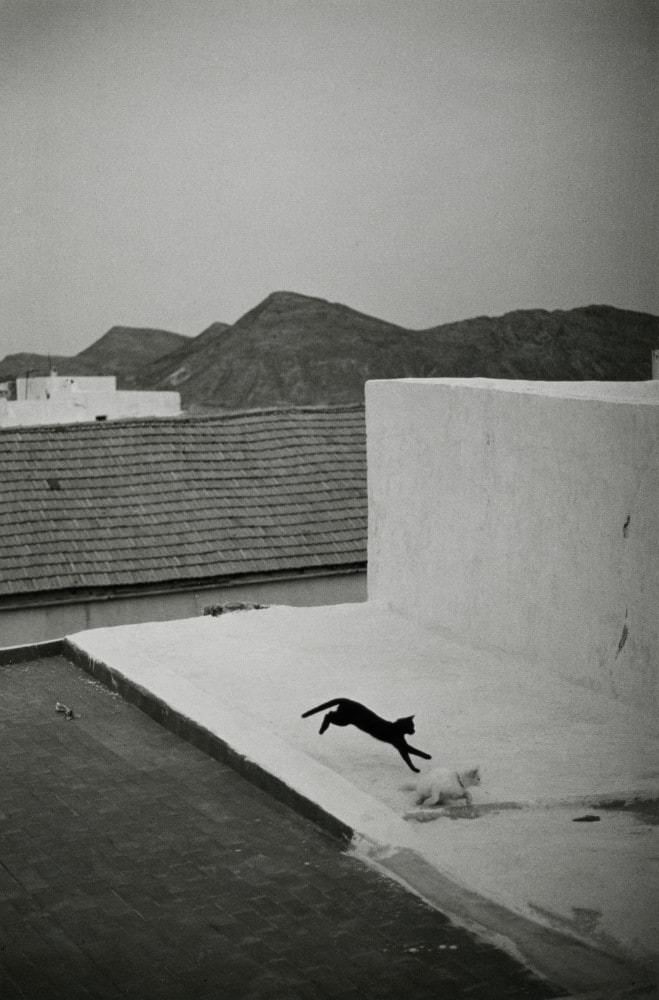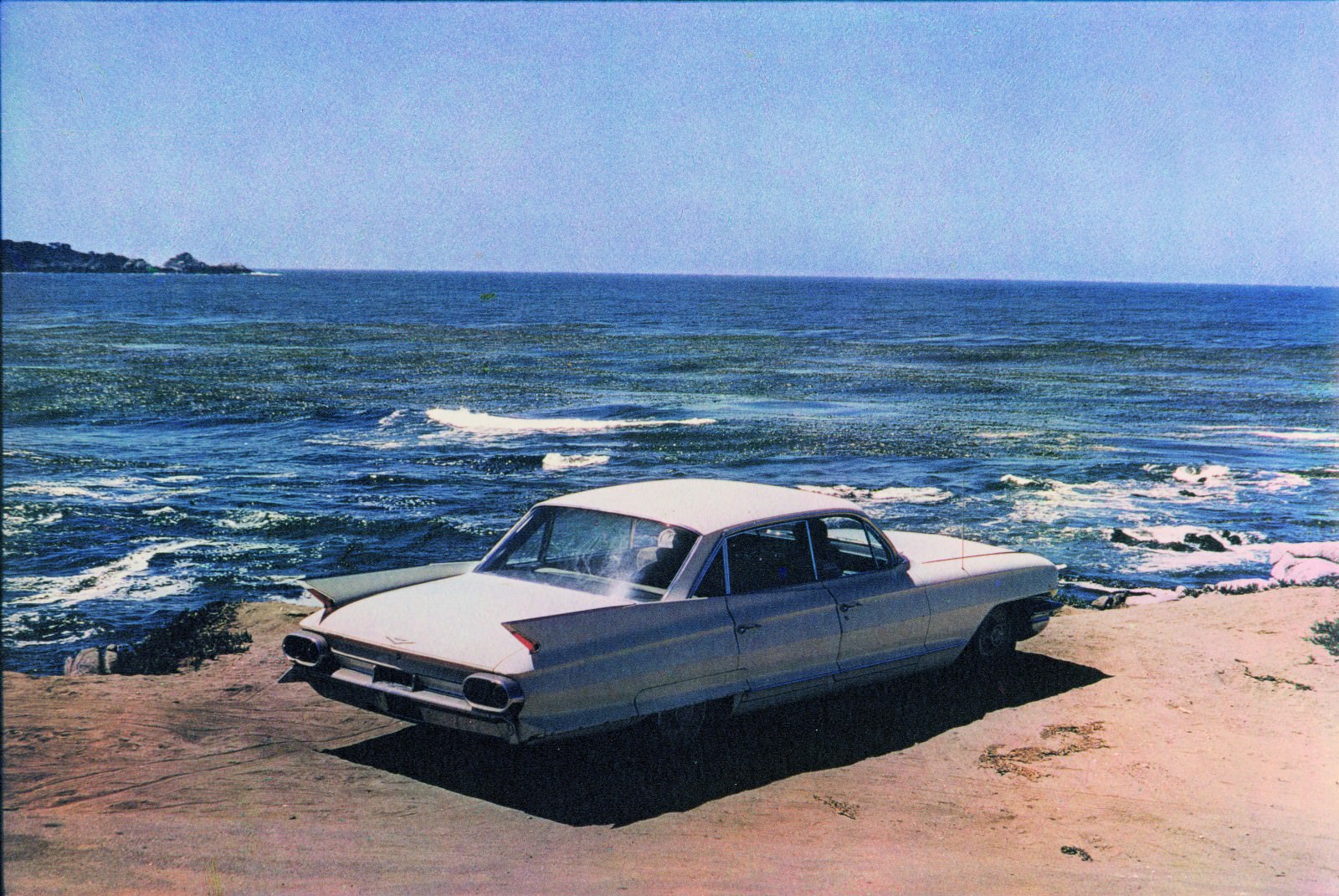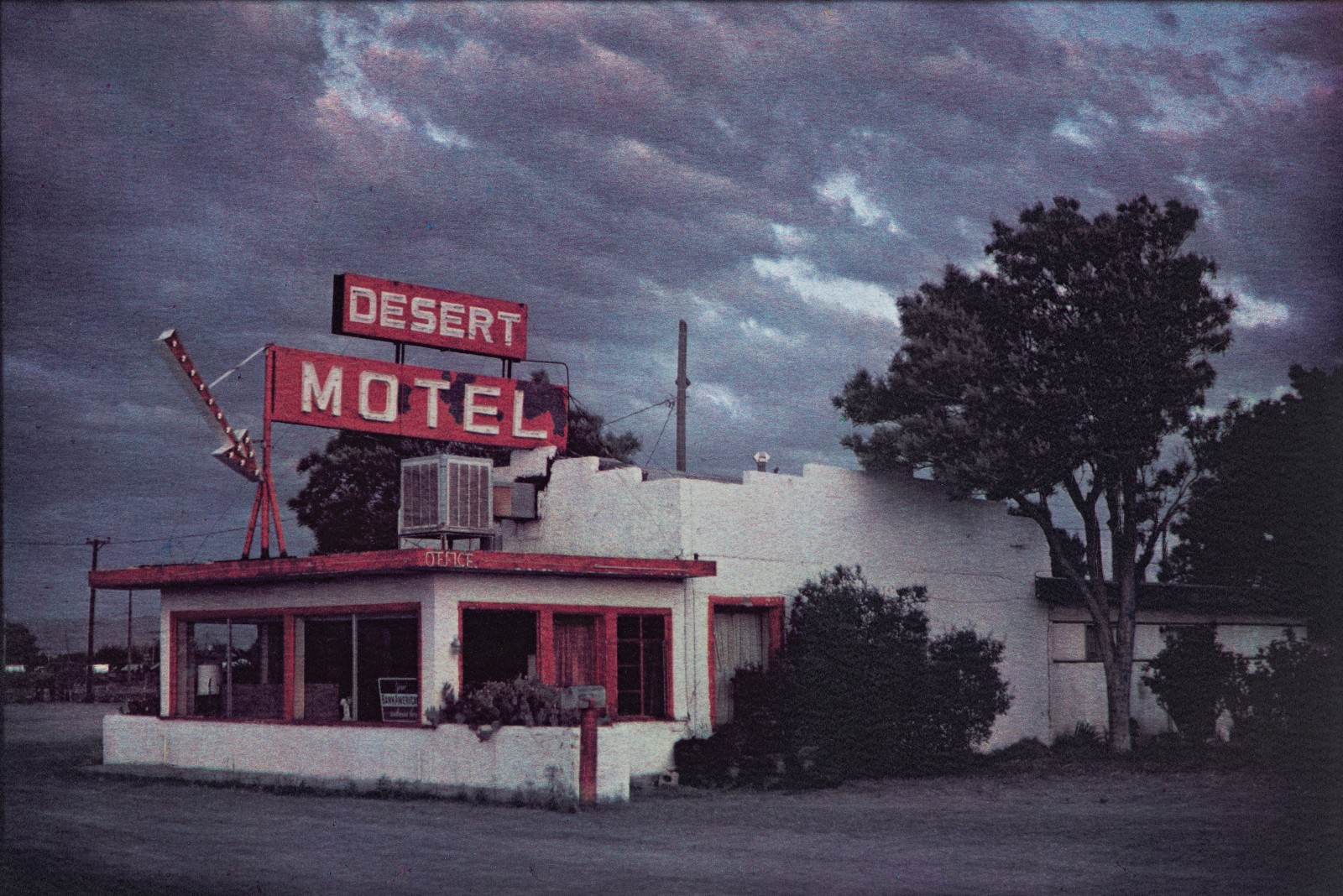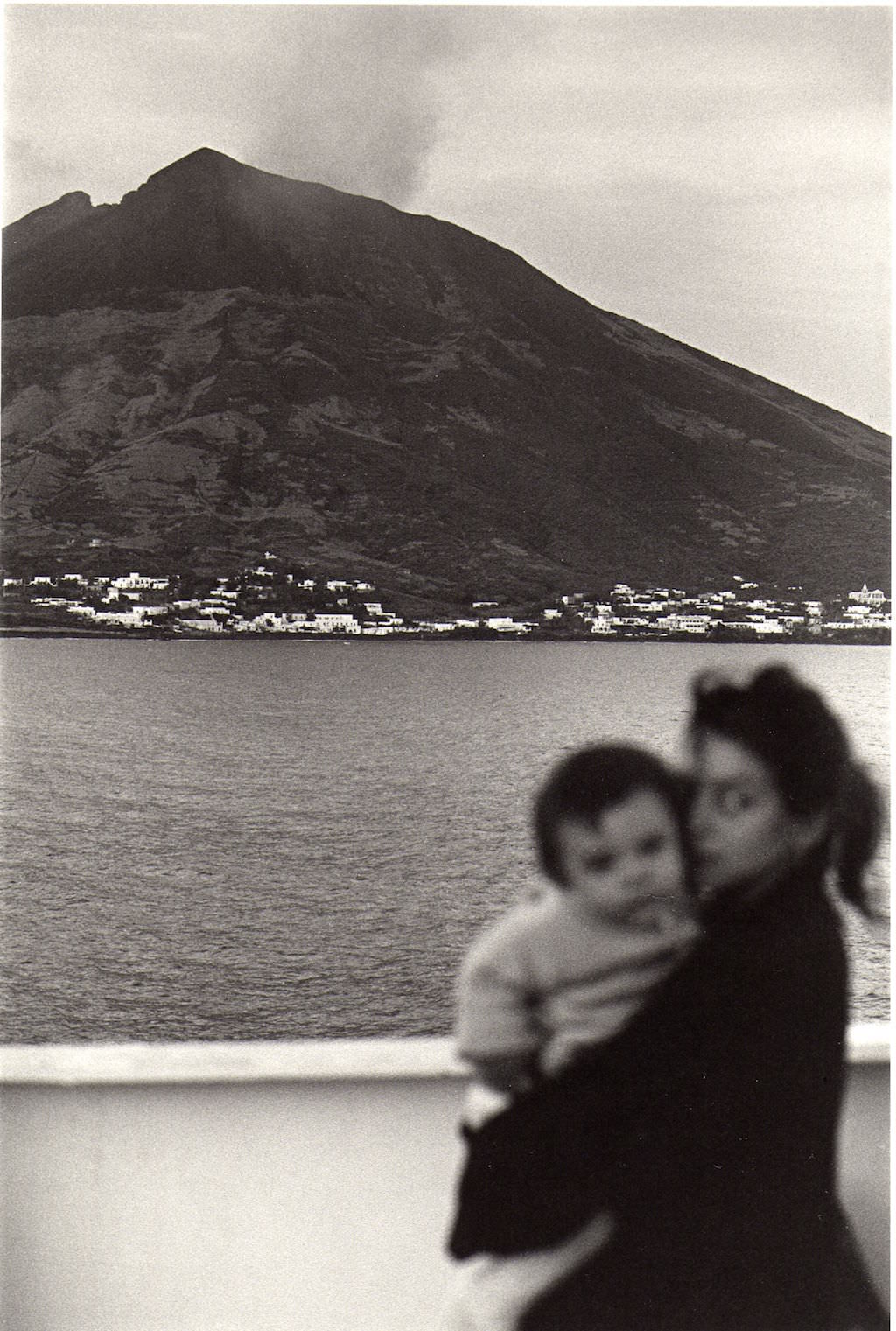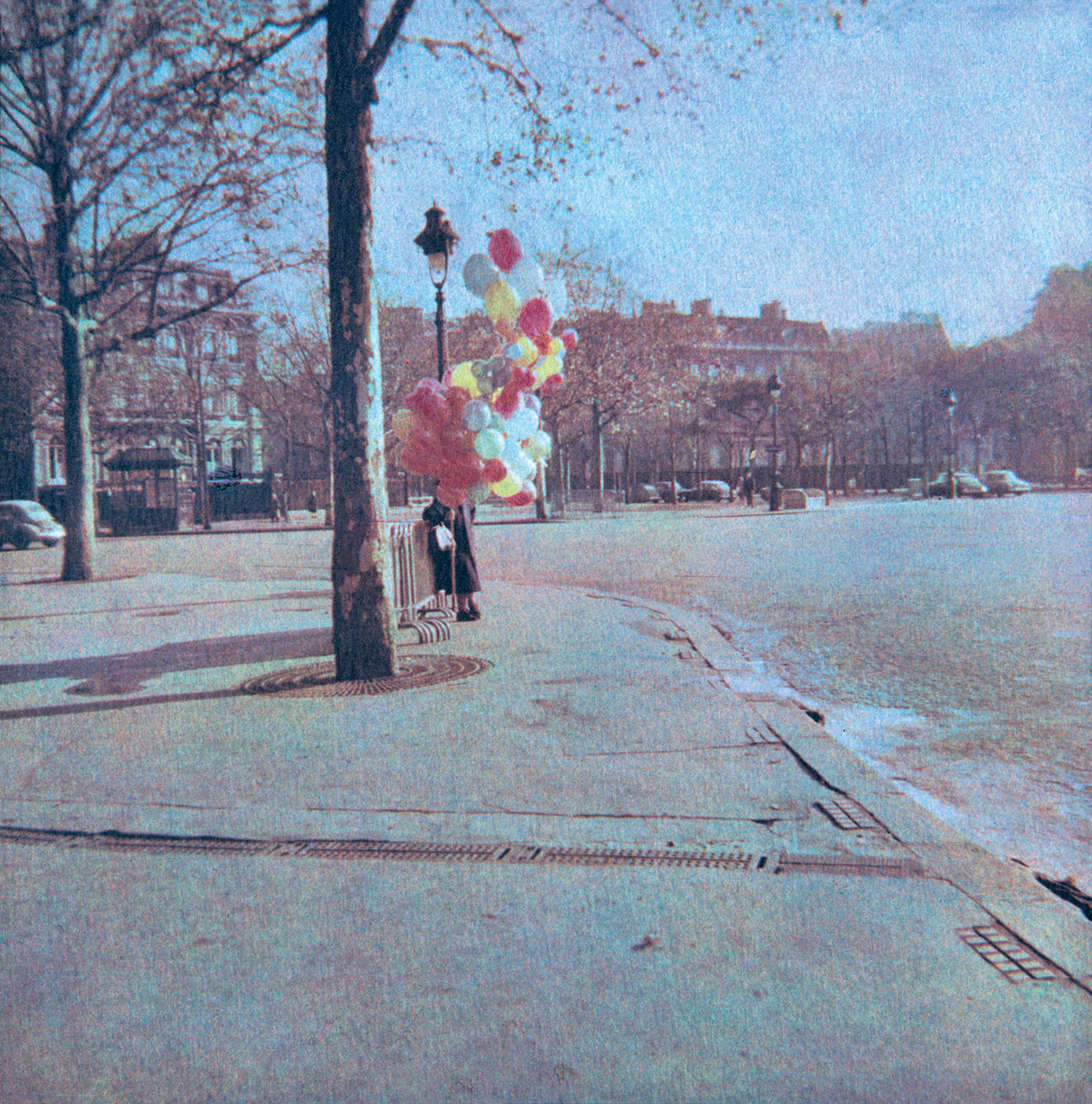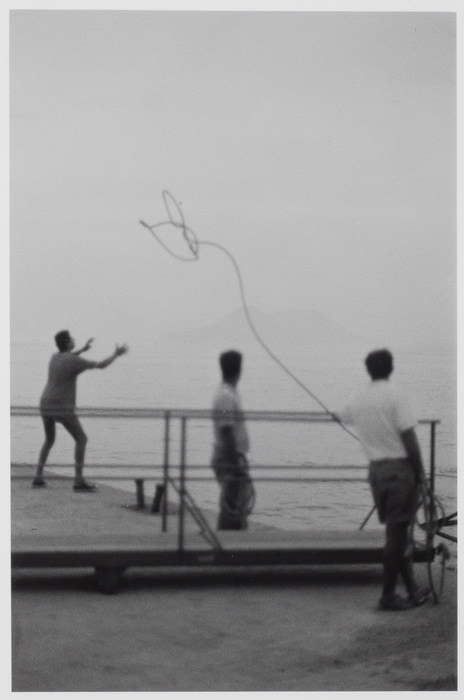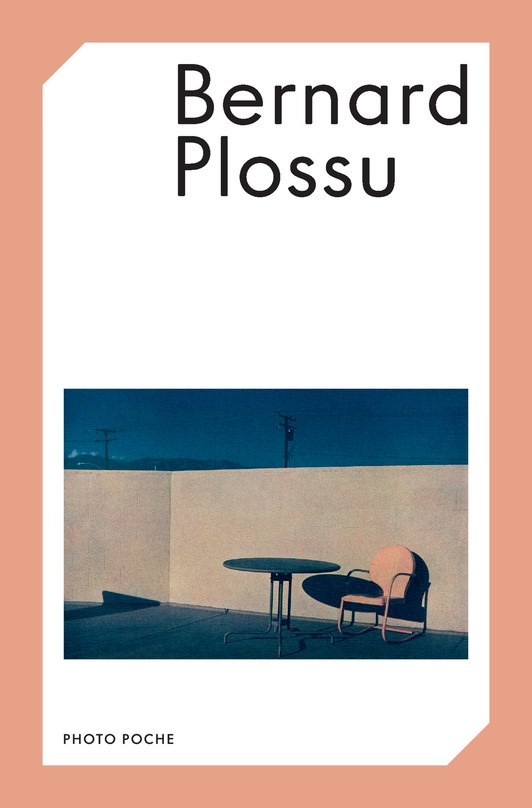Bernard Plossu: A Retrospective
The release of the book dedicated to Bernard Plossu gives us the opportunity for this exhibition, a subjective journey through a major body of work spanning over sixty years.The Mexican journey, published in 1979, had the impact of a new wave on the French photographic landscape. A new style was born, inspiring an entire generation.
With the necessarily limited selection we present, the aim is to highlight what has defined Bernard Plossu’s unique and remarkably consistent style since his beginnings: a free and experimental photography, open to an immediate perception of life, intuitive and spontaneous, yet also underpinned by a formalism that Plossu likes to describe as cubist.
As a photographer of travel, walking, photographic chance, the unforeseen and the glimpsed, Plossu is indeed a formalist photographer, sensitive to the beauty and balance of masses and lines, which he tames like an acrobat, dynamically balancing a constantly searching gaze. The rejection of effects is another key characteristic of his work. Plossu speaks of understatement: the art of not overdoing it, subtlety. Shunning perspective effects, he strictly limits himself to a 50 mm lens, close to the natural vision of the eye. And when he photographs in color, he remains faithful to Fresson prints, whose muted colors, contrast, and grain match his black-and-white work and his principle of anti-spectacular imagery.
About the Author
Bernard Plossu, born on February 26, 1945, in Đà Lạt, Vietnam, is a renowned French photographer known for his travel reportage.
He studied in Paris from 1951 to 1962 and began photographing early. In 1958, he traveled to the Sahara with his father, using a Kodak Brownie Flash. In 1965, he joined a British expedition to Mexico to photograph the Chiapas jungle. He then documented the Mayan Indians, California, the American West, Nevada, and the Midwest in color.
In 1970, Plossu worked in India, developing his concept of “surbanalist” photography, which finds intensity in the mundane. From 1975, he focused on black-and-white photography using a 50mm lens, distancing himself from commercial photography.
Plossu co-founded the “Cahiers de la photographie” and had a son, Shane, in 1978 with Kathy Yount. In 1986, he married Françoise Nuñez and had two more children, Joaquim and Manuela. He photographed the island of Stromboli in 1987 and moved to Lipari in 1988.
From 1987 to 1999, he lived in Portugal, exhibiting at the Portuguese Centre of Photography in Porto. In 2012, an exhibition in Besançon showcased his 1965 Mexican trip, which Plossu credited with defining his photographic style. His work captures personal moments and travel memories, often without captions, emphasizing spontaneous encounters over deliberate statements.
Bernard Plossu: A Retrospective – Photo Poche 178
June 7 – July 27, 2024
Camera Obscura Gallery – Paris – France

